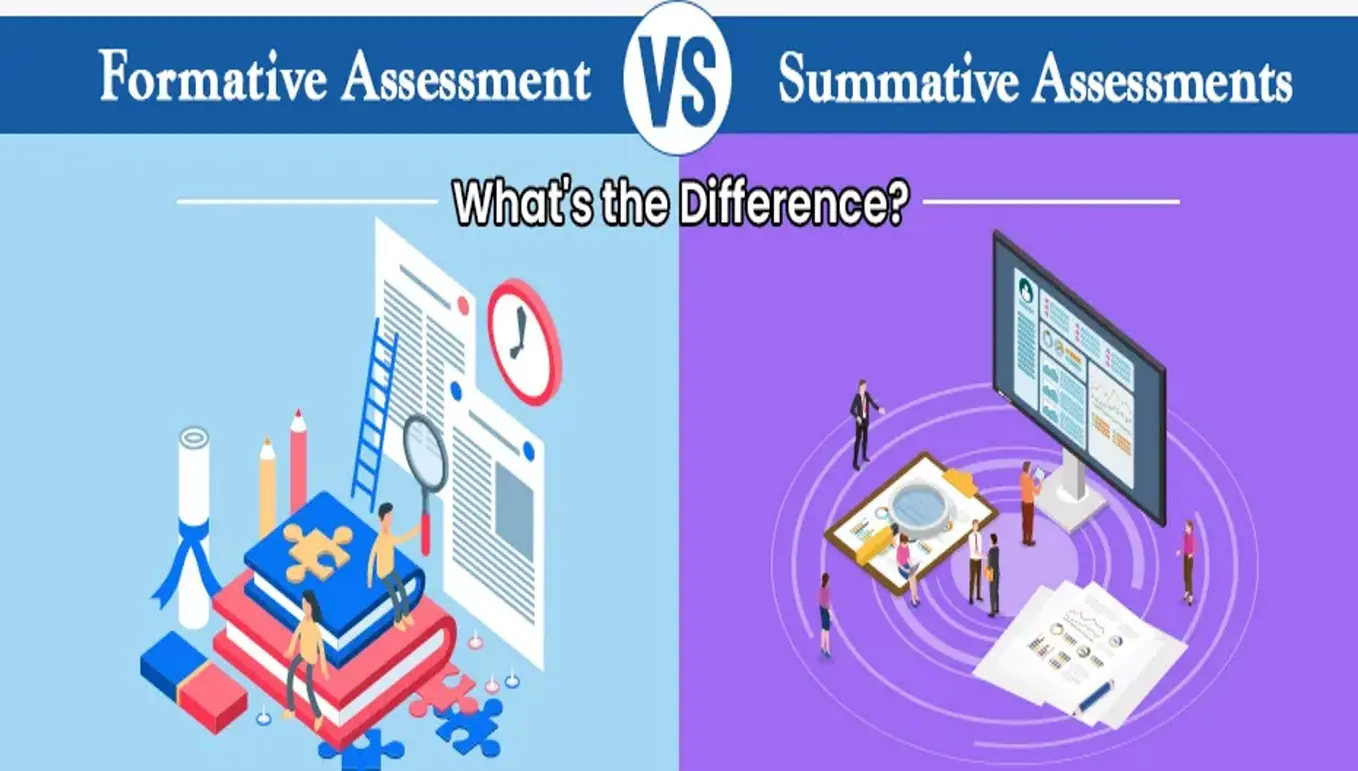Summative Assessments versus Formative Assessment
Summative and formative assessments are the examination types to detect students' strengths, weaknesses, and other insights. These two types of assessments are with overlapping approaches to get the idea about the more profound understanding of a student regarding their insights about the changing world, syllabus-based topics, etc. Through summative and formative assessments, people learn about their expansion of knowledge, application of earned wisdom, and creative approaches. Even with the enhancing utilization of both these summative and formative assessments, educators have different online tools to detect the insights and knowledge levels among pupils.
Here we will represent comparative analyses of the types and impacts of summative and formative assessments.

What are summative assessments?
Generally in school and other levels of educational institutes, there are examinations like mid-term, annual, or others. These are summative assessments.
These assessments are very crucial, like providing short-term tests. The cumulative results of these assessments make an aggregate result annually.
Here examiners can diagnose the aggregate development of the students. Summative assessments are very crucial to complete the SWOT diagnosis of the students.
What are formative assessments?
These are mainly sudden tests like a 10-minute lecture-based examination. Secondly, here examiners have the main aim to measure the position of a student against peers.
Here students get the environment of the sudden test. Formative assessment examples are incognito quizzes, anonymous voting, and silent classroom polling.
It helps examiners to develop different types of brainstorming ideas among students. Here by solving formative assessments, students can achieve quick decision-making power within them.
What are more popular- formative or summative assessments?
With the changing world and perspectives, all international schools or business institutes are emphasizing formative assessments. In this constructive assessment type of activity, students can achieve troubleshooting power. Examiners can detect the effortless knowledge-grabbing power of pupils. In this way, teachers can gauge the in-depth knowledge and application of a topic or subject matter of a student. So, here students need more time to memorize or write summative assessments. Formative assessment is more accepted than summative assessments because it portrays pupils' understanding and depth of knowledge over a particular topic or subject.
How to implement a hybrid of formative and summative assessments for pupils?
Nowadays, many global educational organizations observe that hybrid implementation of formative and summative assessments can provide the best result. In summative assessments, examiners can measure long-form content memorization. On the other hand, in formative-type assessments, examiners detect the depth of knowledge, application power of students in specific subject matter, etc. Even to implement both assessments in educational organizations, assignement helpers utilize different kinds of mobile or other apps for digital implementations.
Conclusion
These comparative analyses found that formative and summative assessments are essential for measuring different aspects of development and knowledge progression among pupils. To get the best impact from various assessments, mostly international schools and international organizations implement those in the assemblage. Here examiners can measure the overall improvement and knowledge among students.


